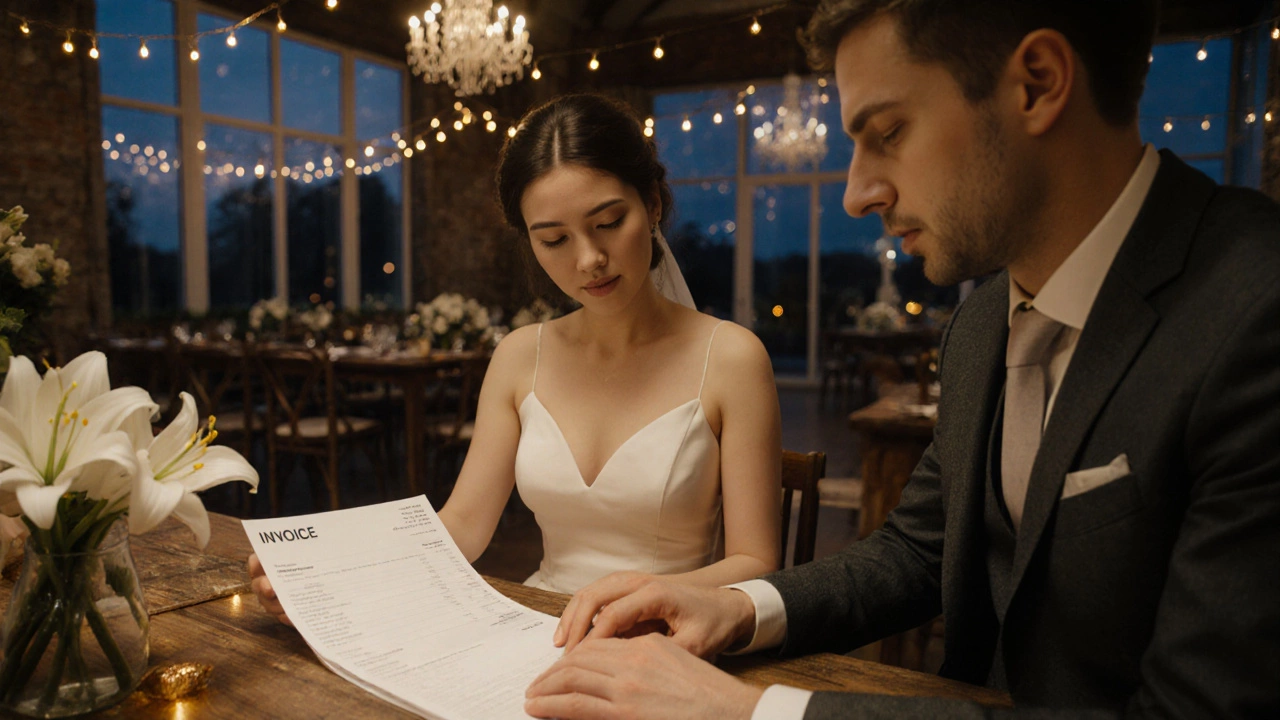Wedding Food Ideas: Inspiration, Planning, and Practical Tips
When you start thinking about Wedding Food Ideas, creative concepts for what to serve guests on your wedding day. Also known as wedding menu ideas, it sets the tone for the entire celebration. Wedding Catering, the service that turns your menu into a lived experience encompasses everything from staffing to presentation. Menu Planning, the process of selecting dishes, timing courses, and balancing flavors requires careful budgeting and an eye for seasonal produce. Finally, Dietary Restrictions, allergies, vegan, gluten‑free and other guest needs influence every decision you make. Together these elements shape a cohesive food experience that feels personal and polished. wedding food ideas are more than a checklist—they’re a story you tell through taste.
Key Considerations for Your Wedding Menu
First, decide the overall style of your feast. A formal plated service gives a classic feel, while a relaxed buffet encourages mingling. Family‑style platters sit somewhere in between, letting guests share dishes and sparking conversation. The style you choose directly influences the logistics, staffing, and cost, so think about how it meshes with your venue’s layout and your timeline. If you picture a garden ceremony, a light, seasonal menu with fresh herbs and local produce often feels more natural than a heavy, oven‑baked spread.
Next, map out the core components of the meal: starter, main, side, and dessert. Each component should reflect the season and region. For a spring wedding, consider a citrus‑infused salad, asparagus‑topped chicken, and a strawberry shortcake. Summer calls for grilled vegetables, fresh fruit gazpacho, and a vibrant berry tart. Autumn invites warm roasted root vegetables, slow‑cooked lamb, and spiced apple crumble. Winter pairs well with hearty soups, braised beef, and a rich chocolate mousse. By letting the calendar guide your ingredient choices, you keep costs down and flavors at their peak.
Don’t overlook the power of personalization. A signature cocktail, a family recipe incorporated into the menu, or a custom spice blend can turn a standard offering into a memorable highlight. Talk with your caterer about creating a “signature bite” that reflects your love story—maybe a mini lobster roll named after the place you met, or a spice‑rubbed pork shoulder honoring a cultural tradition.
When it comes to dietary restrictions, be proactive. Ask guests ahead of time about allergies, religious requirements, and lifestyle choices. Most reputable caterers can prepare separate stations or clearly labeled dishes to keep everything safe and inclusive. A simple tip: design a separate “vegetarian corner” with hearty grain‑based salads, roasted vegetables, and protein‑rich legumes. This not only caters to vegans and vegetarians but also offers a wholesome alternative for anyone seeking a lighter plate.
Budget is always a concern, but smart choices can stretch your dollars. Opt for seasonal produce, which is typically cheaper and fresher. Consider swapping expensive out‑of‑season seafood for locally sourced fish or even a high‑quality poultry option. Dual‑purpose dishes—like a buffet where the salad greens become a base for both a starter and a side—reduce waste and labor. And remember, desserts can be both elegant and cost‑effective; a beautifully plated cake slice paired with a small batch of mini pastries often feels more luxurious than a massive tiered cake.
Timing matters, too. Work backwards from your ceremony start time to allocate enough room for dining, speeches, and dancing. A typical wedding flow might allocate 90 minutes for dinner: 15 minutes for seating, 30 minutes for the meal, and 45 minutes for speeches and cake cutting. Adjust these blocks based on your venue's constraints and the type of service you’ve chosen. Clear communication with your caterer about the timeline ensures food arrives hot and staff are ready for each course.
Finally, think about the after‑party. A late‑night snack—like mini sliders, cheese boards, or even a taco station—keeps energy high and gives guests something to look forward to after several hours of dancing. It’s a small detail that many couples overlook, yet it can leave a lasting impression and help keep the celebration going strong until the very end.
With these ideas in mind, you’re ready to start building a menu that reflects your taste, respects your guests, and stays within budget. Below you’ll find a curated selection of articles that dive deeper into each of these topics, offering step‑by‑step guides, budgeting tips, and real‑world examples to help you turn your vision into a delicious reality.

- Oct, 18 2025
- Comments 0